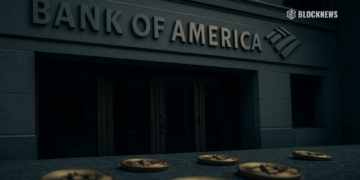- CertiK’s latest report shows a staggering $1.19 billion lost due to onchain security breaches in the first half of 2024, emphasizing the urgency for enhanced security protocols.
- Phishing attacks and private key compromises were the main culprits, with phishing alone accounting for nearly $498 million of the total losses.
- Significant security breaches included a $304 million loss in the DMM Bitcoin hack, marking one of the largest in recent history.
The first six months of 2024 have seen Web3 security breaches lead to financial losses totaling $1.19 billion, according to the latest report from CertiK. This figure underscores the critical need for stronger security solutions in the cryptocurrency sector.
Significant losses during this period stem primarily from phishing attacks and the mishandling of private keys. Phishing remains a particularly prevalent threat, responsible for almost half of the financial damage, amounting to nearly $498 million.
Enhanced Security Recommendations
Ronghu Gu, a founding member of CertiK, during a correspondence with Cointelegraph, emphasized the necessity of adopting multifactor authentication measures like two-factor authentication and the use of security keys. He strongly advises that “significant funds should only be accessed through hardware wallets or other similarly secure key management systems,” to mitigate risk and enhance security.
One of the most notable incidents was the breach at Japanese crypto exchange DMM Bitcoin, where hackers stole 4,502.9 Bitcoin, culminating in a loss of $304 million. This incident ranks among the largest in the industry’s history and prompted the exchange to implement stringent security measures.
In another significant breach, the Turkish platform BtcTurk lost $90 million after attackers targeted their hot wallets. These events have led Gu to advocate for proactive security measures and the formation of reactive response teams to address incidents swiftly.
Regulatory Developments and Industry Response
Amid these challenges, the United States has made a legislative advance with the passing of the FIT21 bill, aiming to fortify consumer protection and foster innovation within the digital asset space. This bill has garnered bipartisan support and is anticipated to enhance the regulatory landscape for digital assets, potentially attracting more institutional investors.
Despite these efforts, the frequency of cyberattacks remains a persistent issue. Although the month of May saw losses nearing $385 million, June experienced a 54.2% reduction in such incidents, with losses recorded at $176.2 million. Gu views this trend as an industry characteristic, albeit a concerning one. He remains optimistic, however, about the potential for basic protective measures, such as two-factor authentication, to significantly reduce the risk of future attacks.














